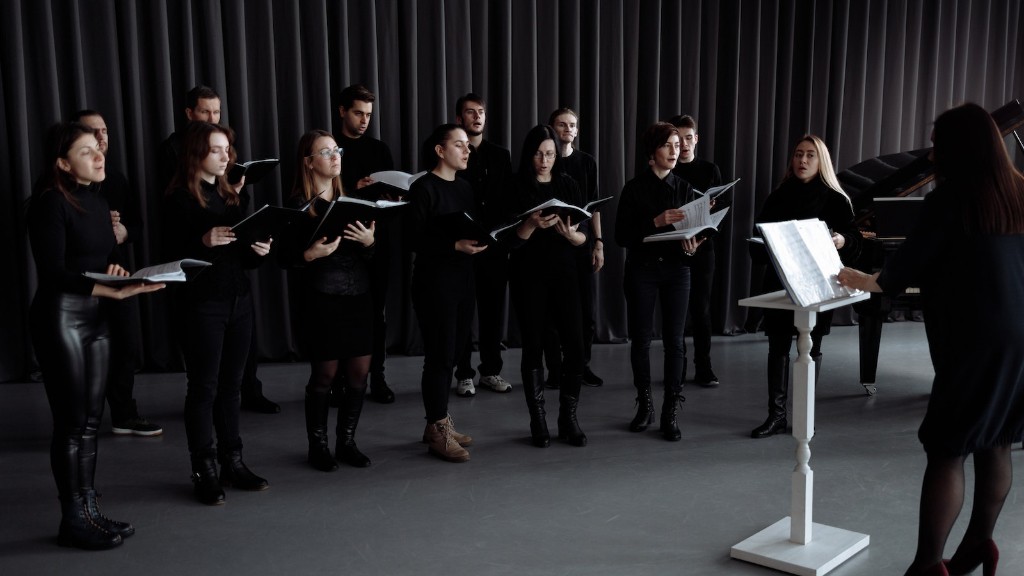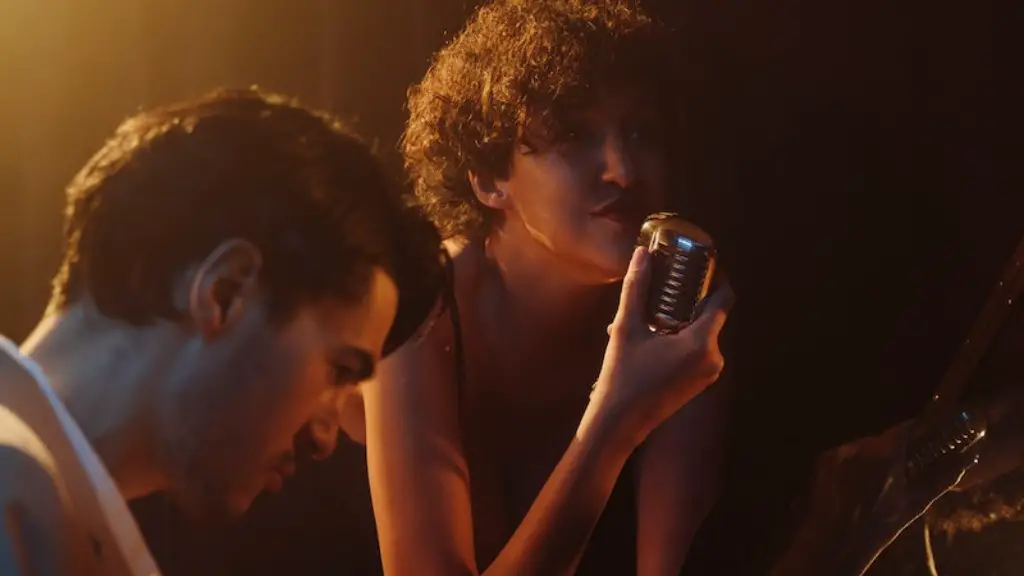When it comes to drawing wrinkles on a face, there’s no one-size-fits-all solution. Every face is unique, so you need to think outside the box and get creative when sketching them out. Whether you’re a beginner trying to amp up your artwork or a professional illustrator who wants to enhance the realism of a portrait, getting wrinkles right is crucial!
The key to mastering wrinkles is to practice, practice and practice some more. Start with basic lines and curves and then observe real faces. Look for the small details and work on incorporating them into your drawings. Also, try experimenting with different techniques, such as shading and cross-hatching. Here are a few tips to help you draw wrinkles on a face like a pro:
1. Use Contours and Highlight: Draw the wrinkles along the face’s contours. This will give the drawing a more realistic look. Then, use lighter lines to shade and give those wrinkles depth and dimension.
2. Create Textures with Shading: To make your lines and wrinkles look more natural, use varying shades of lighter and darker lines. This will create a texture and make the wrinkles stand out.
3. Utilize Hatching: Hatching is a technique that involves making a series of parallel lines to create different shades. It can be used to draw wrinkles from the lips, forehead, or around the eyes.
4. Practice Cross-Hatching: Cross-hatching is an even more complex technique that involves making series of overlapping parallel lines. It’s a great way to add shadows and create wrinkles.
5. Experiment with Line Width: Try drawing wrinkles with thicker and thinner lines. This will give your drawing more depth and a more realistic look. Just be sure to keep the lines of varying widths and lengths.
6.Use Contraction and Expansion: To add a dynamic feel to your wrinkles, try contracting and expanding them. This will give the drawing a more organic and lifelike appearance.
7. Define Highlights: To give your wrinkles an added layer of realism, add some highlights to them. This can be achieved by drawing very thin and light lines that parallel your existing wrinkles and create the illusion of highlights.
8. Combine Techniques: For extra realism, combine different techniques, like layering, cross-hatching and highlights, when drawing your wrinkles. This will give your artwork a more three-dimensional look and feel.
Drawing wrinkles on a face is no easy feat. You need to practice, experiment and have patience. But with some dedication and a lot of trial and error, you’ll soon master the art of drawing wrinkles like a pro!
Drawing wrinkles is all about paying attention to details. Look at a face, observe the small lines and curves, and start sketching. Using contours and lines of varying widths and lengths is the best way to add texture and depth. Don’t be afraid to experiment and combine techniques, like shading and hatching. This will help you create a more lifelike image.
Be creative with your technique and don’t be afraid to make mistakes. From layering and cross-hatching to highlights and textures, get creative and take the time to practice. If you keep at it, soon enough you’ll be able to draw wrinkles and other details on a face with ease.
Drawing wrinkles requires an artistic eye and skillful hands. Pay attention to details and practice, practice and practice some more. Try different techniques, like hatching and highlights, and be creative. With a bit of hard work and dedication, you’ll be able to draw wrinkles on a face that look so real, it’s almost like you’re seeing a new person in your artwork.
To get the best results, choose the right materials and use them wisely. High-quality materials, like graphite pencils, will help you get the best results. Choose various shades to add depth and dimension to your drawing. Also, don’t forget to use an eraser and a sharpen to enhance the details and give your wrinkles a more realistic look.
Drawing wrinkles is a process that takes practice and skill. To get the best results, take your time, observe details and be creative when sketching. From layering and hatching to highlights and textures, use different techniques to create a lifelike image. And with a bit of dedication, you’ll soon be able to draw wrinkles on a face like a pro!

